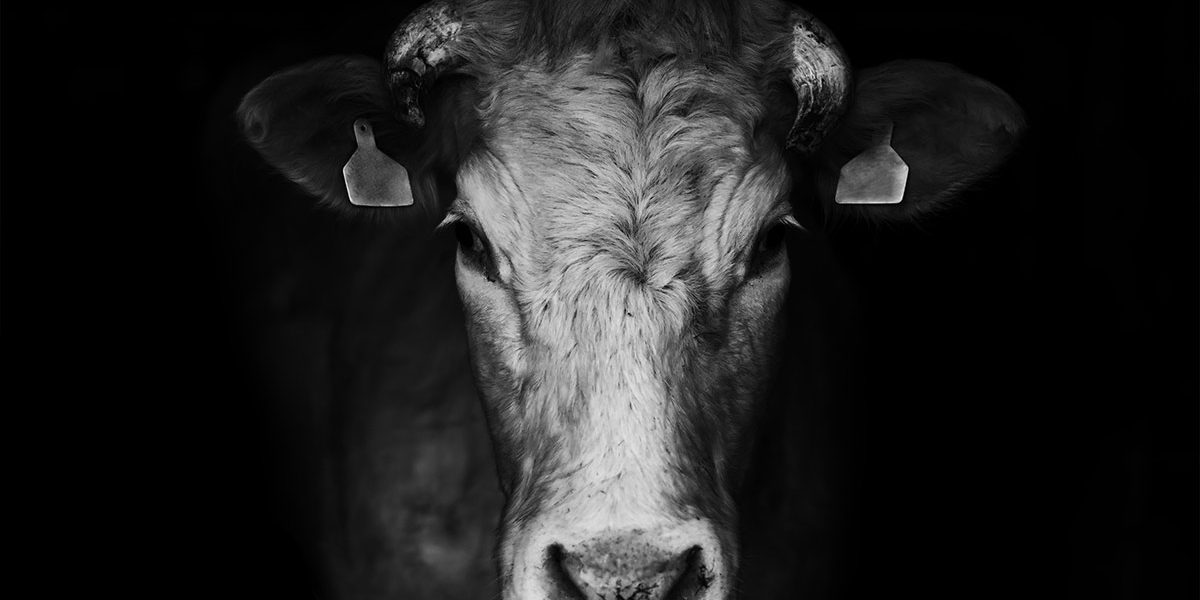A small group of radical environmentalists have declared war on America’s cattle producers and sworn off burgers, all with the dubious claim of fighting climate change.
We wanted to dig into the real story behind this beef with beef. So, we called up Dr. Tryon Wickersham, an Associate Professor of Animal Nutrition at Texas A&M University, to give Groundwork listeners the facts about cattle production in America.
Here’s what we learned:
- While some people mistakenly blame flatulent cattle for methane production, cattle actually belch methane. It’s a natural result of the fermentation that takes place in their digestive system as a ruminant animal.
- Only about three percent of greenhouse gas production in the United States can be attributed to cattle.
- Approximately 60 million methane-producing bison used to roam the United States. Today, there are about half as many cattle, and those cattle are fed specialized diets to reduce methane and increase efficient protein production.
- Cattle fill an important niche in our eco-system, helping restore grasslands through grazing.
It quickly became apparent that attempts to blame excessive greenhouse gas production solely on cattle producers and their livestock are, well, a bunch of hot air.
As Dr. Wickersham pointed out, America’s cattle producers have also long strived to reduce methane production and continue to find new ways to invest in sustainability.
“If we look at the U.S., we’ve been on a trajectory of improved sustainability really since after World War II,” Dr. Wickersham explained. “For every pound of beef we produce in the United States, we produce a third less methane than some of the other large beef producers.”
Importantly, cattle are key to a dynamic and sustainable food system. That’s because they turn food that humans would have trouble digesting – such as grass – into high-quality protein containing amino acids and micronutrients that are essential to our diet.
Dr. Wickersham calls this protein upcycling. He explained how protein upcycling in beef can create a more efficient protein source than corn, a food eaten by humans and livestock alike.
“If we took the corn which we would feed to a steer for finishing, we could meet the protein requirements, amino acids requirements of three children… if we fed that corn to a steer or fed that corn to cattle, we could meet the protein requirements of 17 children,” he said.
This is key as we all work to feed a hungry world.
So, as Dr. Wickersham wrote in a recent op-ed: eat that burger!

